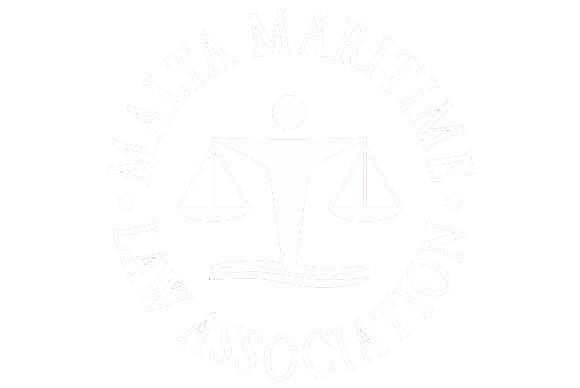The Magistrates’ Court may award damages limited to it the amount it is competent to award, even though the damages may be of a higher amount. This was held by the Court of Appeal on 18 December 2018 in Emanuela sive Lilliana Farrugia and Franco Farrugia -v- Michael Axisa, LayLay Co Limited and George Barun.
The Farrugias filed a court case claiming that their residence in Haz Zabbar was damaged due to excavation and construction works that were being carried out by the defendants in the surrounding properties.
George Barun argued that the action was time barred by Article 2153 of the Civil Code. The same plea was raised by LayLay Co Limited. Michael Axis, the director of the company, who also pleaded that he was not the correct defendant, since the works were carried out on behalf of the company and not by him personally.
The Magistrates’ Court upheld that the action against Barun and Axisa were time barred, but not against LayLay Co Limited and ordered the company to pay for the repair works in the well, the outside door, damages on the walls and roof and the floor tiles.
LayLay Co Limited appealed the judgement on the ground that the action was time barred, that the court expert’s report was erroneous, the works listed were not the merit of the case neither was the value of these works. Another ground was that the court cannot give more than the plaintiff requested.
The Court of Appeal, presided over by Mr Justice Anthony Ellul dealt first with the plea whether the action was time barred. From the evidence produced the excavation works were completed in mid-2008. The Farrugias filed a judicial letter on January 2012, then the action was instituted in June 2012.
The Plaintiffs pointed out that according to the technical expert appointed by the court, the damages to the plaintiff’s property was not caused solely by the excavation works carried. The damages caused took place because of works carried out between 2005 and 2011, which works had their toll on the property. According to Article 2153 of the Civil Code, the prescriptive period is 2 years.
The Magistrates’ Court held that Barun’s works were completed by mid 2008 and this was confirmed by Liliana Farrugia’s testimony. However, the same cannot be said of LayLay Co Limited, where the permits were issued in January 2005, but the works were completed in December 2011.
Mr Justice Ellul pointed out that according to the pre-condition report issued by the architects of the defendant company, read “the whole premises has been recently refurbished to a high standard of finish and no cracks were visible anywhere”. The same architect in February 2008 made another report listing the damages found the plaintiffs’ property.
The second report took place after the excavation. The contractor who carried out the excavation had confirmed that works were still ongoing in February 2008 and was paid in June. As to the construction, the Farrugias noticed damages to the floor tiles in 2010 and in 2011 rain water entered the premises in the hall. The company at the time accepted to do minor works for them.
The Court expert in fact told the court that the fact that there were two developments taking adjacent to the Farrugia property increased the stress of the property and the load on the walls that caused the damages. Therefore, the only cause was not the excavation works, but also the construction, which was concluded later than 2008. The Court also considered emails sent by the defendant company confirming that it will repair the well and garage door for the Farrugias.
As to whether the technical expert conclusions were erroneous, the Court of Appeal held that the defendant company did not present any evidence showing this.
The next ground of appeal was that the plaintiffs did not ask the court to award repairs of certain items, since the garage does not belong to the Farrugias and the well is under the garage. The plaintiffs argued that their claim concerns the main door of their residence and they had a right to use the well. However, the Court of Appeal did agree with the defendant company and excluded the front door and well from the list of repairs.
As regard to the damages, the defendant company held that these were never quantified and therefore, the repairs can exceed the competency of the court. The plaintiffs argued that it was impossible to calculate since the damages continued to manifest itself during the case. The Court of Appeal held that in their application the plaintiffs held that the damages should not exceed the competency of the Magistrates’ Court of €11,413.
In fact, the Magistrates Court did not quantify the damages, but held the company responsible for those damages. The Court of Appeal disagreed with this reasoning, as the court appointed expert could have been asked to qualify the damages. The Magistrates’ Court can condemn the defendant company to pay a maximum of €11,413. In fact, the Court of Appeal sent back the records of the case back to the Magistrates Court to calculate the quantum of damages.
Av. Malcolm Mifsud
Partner
Mifsud & Mifsud Advocates
This article may also be accessed on Malta Today.
For more information you can contact one of our Team Members at Mifsud & Mifsud Advocates.











